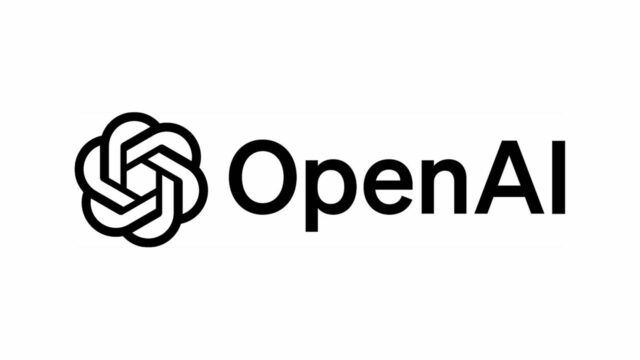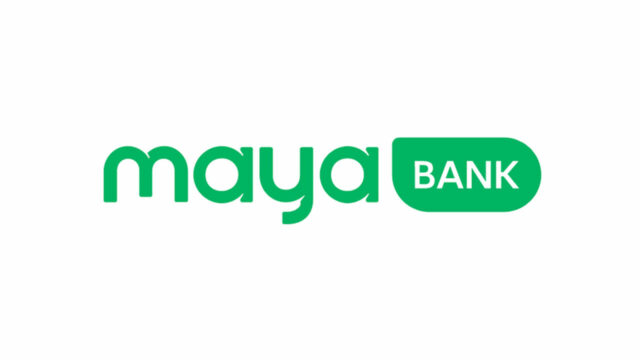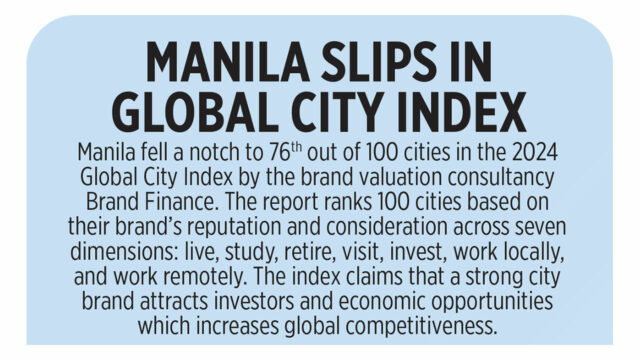Dining In/Out (01/16/25)
McCafé’s P49 Coffee launched
MCDONALD’S Philippines has made its McCafé products even more affordable with the release of its latest “Mah coffee, McCafé” campaign. The stronger and creamier McCafé Iced Coffee Original is now priced at P49. The McCafé Iced Coffee Black and McCafé Premium Roast Coffee are also P49. “We’re empowering the teens to take ownership of their coffee choices and what better way to do this by making available coffee choices that are bold and rich in flavor, yet friendly on their pockets,” Ada Lazaro, Vice-President and Chief Marketing Officer, McDonald’s Philippines, was quoted as saying in a statement. McCafé is available nationwide via dine-in, take-out, drive-through, dessert centers and kiosks, and delivery.
Poolside Filipino Buffet is back at City of Dreams
CITY OF DREAMS Manila’s Wave poolside restaurant brings back its Filipino Barbecue Buffet every Thursday evening from 6 to 9 p.m until March 27. Located next to Nobu Hotel’s infinity lap pool, Wave lays out a spread of Filipino street fare and other Filipino favorites as live music performances by an acoustic duo enhance the al fresco tropical vibe. Highlights of the buffet include a crispy sisig (a sizzling dish of chapped pig face) live station and on the grills, inihaw (barbecue) on sticks, Balut at Penoy (fertilized duck eggs at various stages of maturation), and sweet corn served with cheese and butter. Filipino street fare includes kwek-kwek (batter-fried eggs), fish balls, chicharong bulaklak (deep-fried pork innards), kalamares (fried squid), lumpiang shanghai (fried spring rolls) tokwa (fried tofu), crispy crablets, and dynamite lumpia. Appetizers consist of various kinilaw (like ceviche, but with vinegar instead of citrus). Pares (braised beef) and mami (noodle soup) are among the soups, while pansit batil, a savory noodle dish, is also on the menu. There are also street food desserts and snacks such as halo-halo (a shaved ice dessert), banana cue (sweet, skewered bananas), ginataang bilo-bilo (a coconut cream dessert), and a selection of kakanin (rice cakes) along with seasonal fresh fruits. For P1,999 net per person, the Filipino barbecue buffet comes with unlimited beverages including San Miguel Light and San Miguel Pale draft beers. For inquiries and reservations, call 8800-8080 or e-mail guestservices@cod-manila.com, or visit www.cityofdreamsmanila.com.
Pre-flight meals now available at PAL
PHILIPPINE AIRLINES’ (PAL) newly launched online meal pre-ordering service allows travelers to now pre-order meals via PAL’s website and mobile app before they fly. Travelers on domestic flights can use the online service to purchase dishes created by the airline’s culinary team. Economy Class and Premium Economy passengers on PAL’s international flights can likewise upgrade their inflight meals by pre-ordering online. Using the website or the mobile app, customers can select and purchase their meal from the offerings on myPAL Flavors. The myPAL Flavors menu includes dishes like Corned Beef Hoagie, Beef Sisig Wraps, Salmon Croissant, Shrimp Pita, Tagaytay Wraps, the Bistro Mediterranean Chicken Wrap, and the Bacolod Chicken Barbecue Roll. The new pre-ordering service allows Business Class passengers flying from Manila to the mainland US, Canada, Honolulu, and Australia to select from a specially designed menu, which varies depending on the flight or season. On the menu now are Chicken Adobo Roulade, Ilocano Cauliflower Adobo, Braised Beef Short Ribs, and Pan-Seared Seabass with Mashed Potatoes. PAL offers Filipino breakfast selections for passengers flying from Manila to the mainland US and Canada, with dishes like Classic Beef Tapsilog, Stuffed Bangus with Garlic Fried Rice, and Adlai Champorado. PAL Business Class passengers can select and pre-order meals online as early as 30 days in advance, or up to at least 72 hours before their flights. Passengers with dietary restrictions may request a special diet meal at least 48 hours prior to their international flights. PAL offers a variety of special meals to accommodate all types of dietary needs, including vegan, vegetarian, diabetic, gluten-free, low fat, low sodium, and low cholesterol options. The airline also provides Baby and Child Meals for younger passengers. PAL offers options for various dietary customs, including Hindu, Kosher, and Muslim preferences. The flag carrier serves only halal-certified meals on routes plying the Middle East, Indonesia, and Malaysia. To pre-order a meal, go to www.philippineairlines.com or the PAL mobile app and use the Manage Booking function.

















